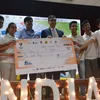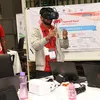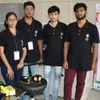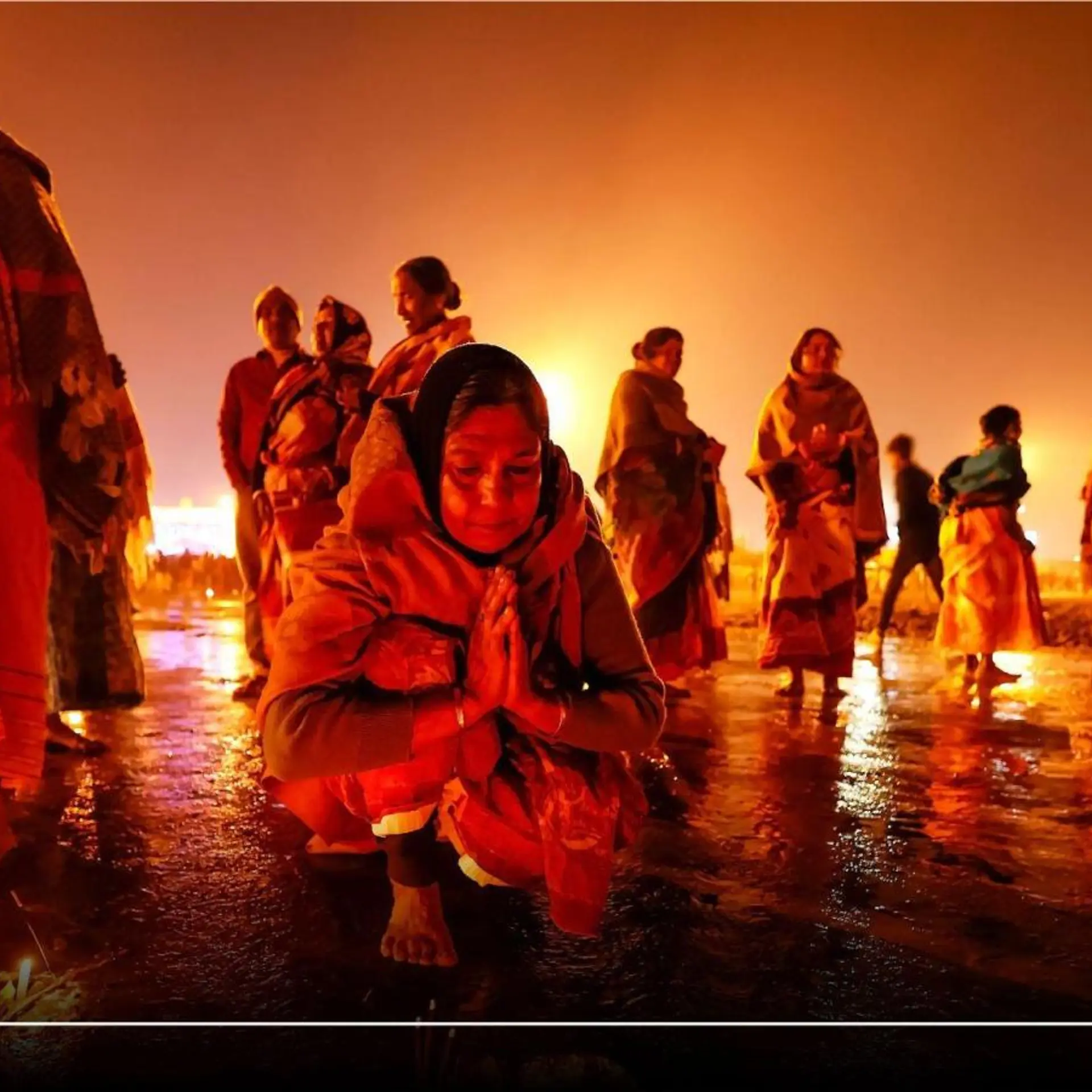Pune students develop synchronous drones, bag Rs 1 lakh cash prize at Smart India Hackathon
The six-student team from Pune has developed two drones and an algorithm that is capable of coordinating eight to nine drones to fly together.
Today, we find drones used mostly for surveillance of large areas. But more practically, it is being used for mapping purposes, spraying pesticides in large agricultural lands, lifting weights from one point to another, and assisting traffic on road.
However, this student team from Pune has developed two drones and an algorithm that is capable of coordinating eight to nine drones to fly together. These drones will be flown inside ‘Bucky Ball’ to keep them safe and steady while flying.
For this invention, the team bagged Rs 1 lakh at the grand finale of Smart India Hackathon-hardware edition held the REVA University in Bengaluru, one of the 19 nodal centres for the grand finale of Smart India Hackathon.
Commenting on developing the drones, Siddhant Nikumbh (19), leader of Team Dronebolt, said: “All the errors were the best teachers.”
Joining him in the project were Ashwin Kotgire (19), Japjyot Gulati (20), Mohit Arora (19), Pallavi Dadape (19), and Prajakta Lanje (19), students of IT engineering at Pune Institute of Computer Technology.
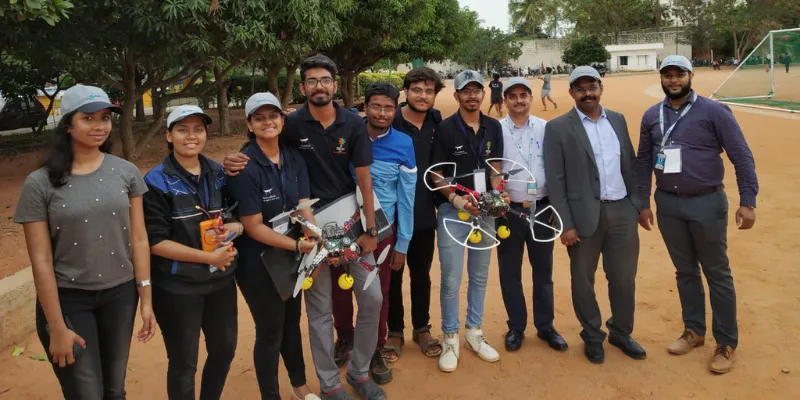
Team Dronebolt with the judges of Smart India Hackathon grand finale at REVA Univeristy
While the concept of multiple synchronised drones is not entirely new, the team said the algorithm they have developed is unique.
“The existing drones consist of a master but there are many limitations and chances of failure is high. If the master fails, the whole system gets delayed. But we have created a kind of virtual node which acts as the master. Here the chances of failure is zero,” the team says.
What’s in a drone?
A camera mounted on the drone records the site and the data is stored temporarily on a Single Board Computer device called Raspberry Pi. They have also built an Apache web server where all the information gets transferred.
To provide a proper mapping of the area, the team has implemented Simultaneous Localisation and Mapping (SLAM) algorithm. Further, the drones can be modified based on different use cases.
Currently, using raspberry Pi camera model V2, it can capture a decent picture of two acres maximum. According to the team, this can be upgraded with a camera of higher quality, but they are eyeing cameras worth four thousand which can deliver higher accuracy.
For the team, being able to develop a drone was a victory in itself because it was the first drone they had ever seen in person. Hence, the excitement on achieving this was huge as was the difficulties.
The team, which worked on the project from scratch, turned to a number of journals and resources online, including YouTuber Dennis Baldwin who showcases his work and fascination with robotics and drones and one more YouTube channel called Painless360.
“For the APIs used in developing the machine, we did not have any lead with it and somehow went through their full API workings and figured out how to use it,” Siddhant says.
Determined to make things happen, the members contributed Rs 25,000 each to fund the project, which cost them Rs 1.5 lakh.
Flying colours
After winning the hackathon, with recommendation from the All India Council for Technical Education (AICTE), they will soon be working with the Government of India.
“We are in contact with a government official and we are working with security. As of now, we have three to four proposals, which they will shortlist,” says Siddhant.
But there’s no stopping them. Now, they wish to work independently on more advanced drones like object avoidance and manned drones. They also plan to use the prize money for the same.
Soon, the team is also planning to take part in another competition at the Indian Institute of Crafts and Design, organised by AICTE.
(Edited by Megha Reddy)



1564138444749.png?fm=png&auto=format&h=100&w=100&crop=entropy&fit=crop)
